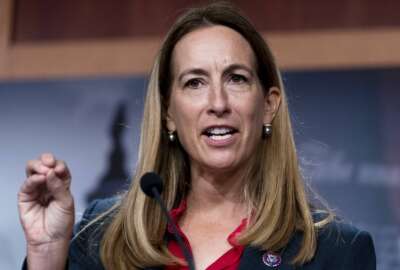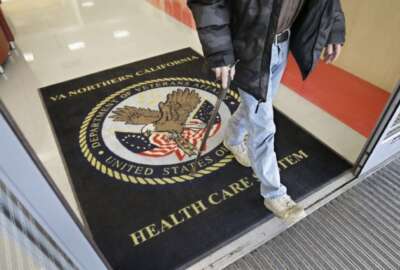

In this white paper, Deloitte's Shrupti Shah examines how applying behavioral insights -- how people think and make decisions -- can improve program effectiveness...
By Shrupti Shah
Deloitte
This white paper is one of six written by Deloitte describing inexpensive, simple solutions to some of society’s most seemingly intractable problems. These solutions don’t involve billion-dollar investments or comprehensive tax reform. Instead, they’re based on behavioral insights that seek to explain the way we make decisions, whether consciously or unconsciously.
Tight budgets mean times are changing for agencies. A recent memorandum from the White House, calls on agencies to deploy two new and interesting strategies to improve program performance and reduce costs. It urges agencies to use ‘rapid, iterative experimentation’ and apply behavioral insights.
Behavioral insights are lessons from the study of how people think and make decisions. For example, people don’t like being too different to the norm1. Similarly, if they are given a default choice, they often stick with it2. Also, real time feedback can help people adjust their choices for the better3.
If these strategies don’t sound too useful, think again. The UK equivalent of the IRS, Her Majesty’s Revenue and Customs experimented with the phrasing and design of letters to encourage tax debtors to pay the taxes they owed. They developed different texts and formats and sent each to a random sample of 140,000 debtors and compared the results to the original letter format.
They found that letters which included text such as ‘9 out of 10 people in Exeter pay their taxes on time’ outperformed the control group letters by around 15 percentage points (83% from 68%). Though simple, the sentence works because people don’t want to be in a minority that does not pay taxes on time.
They estimated that if the most successful letters were sent to all customers, and the tax collector resource freed up were used to bring in other uncollected tax debts, it would generate $45 million of extra revenue annually – as well as advancing over $240 million of cash flow by approximately six weeks each year.
The US Treasury Department also has similar plans. They will be experimenting with the text and format of letters to individuals with delinquent debt. In their study they will use behavioral insights in order to design the alternate letter and test the effectiveness of the new letter against an older version using a randomized control trial.
Behavioral insights can also bring real improvements to program beyond letters and communications. Some other examples include:
In this series of six articles, we explore the potential of behavioral insights – how they can be used by government agencies to further objectives around more responsible financial behavior, environmental protection, transportation safety and improved health. These are not the only possible applications – but we hope that by reading about these, you are inspired to think about how the techniques can be deployed in your agency.
As used in this document, “Deloitte” means Deloitte Consulting LLP, a subsidiary of Deloitte LLP. Please see www.deloitte.com/us/about for a detailed description of the legal structure of Deloitte LLP and its subsidiaries. Certain services may not be available to attest clients under the rules and regulations of public accounting.
As used in this document, “Deloitte” means Deloitte Consulting LLP, a subsidiary of Deloitte LLP. Please see www.deloitte.com/us/about for a detailed description of the legal structure of Deloitte LLP and its subsidiaries. Certain services may not be available to attest clients under the rules and regulations of public accounting.
Read more of Deloitte’s six-part series on behavioral insights.
Behavioral insights for responsible financial behavior
Behavioral insights for sustainable behavior
Behavioral insights for healthy behavior
Behavioral insights for transportation
1. Robert B. Caldini, Influence: The Psychology of Persuasion (Harper Collins, 1993)↩
2. Scott Halpern, Peter Ubel and david Asch, “Harnessing the Power of Default Options to Improve Healthcare,” New England Journal of Medicine (357(13), 2007), 1340-4↩
3. Cass Sunstein and Richard Thaler, “Nudge” (Yale University Press, 2008)↩
4. Susan Barraclough, Douglas E Levy, Jason Riis, Lillian Sonnenberg, Anne N. Thorndike, “a 2-Phase Labeling and Choice Architecture Intervention to Improve Healthy Food and Beverage Choices” American Journal of Public Health. 2012: 102:527-533↩
Copyright © 2025 Federal News Network. All rights reserved. This website is not intended for users located within the European Economic Area.


